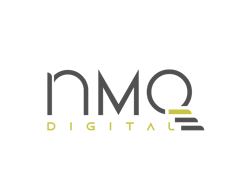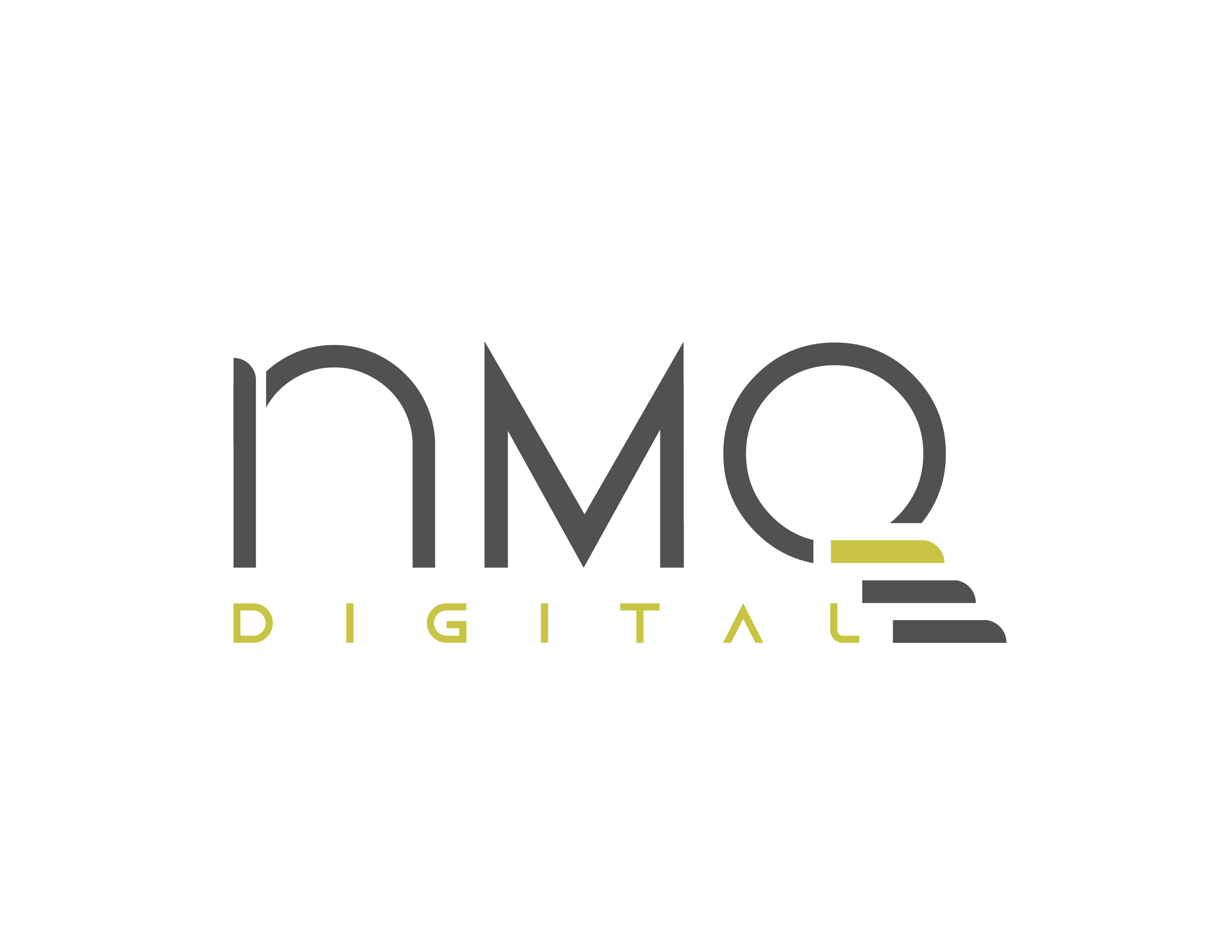What is Content marketing?
Content marketing is a strategic approach to creating and distributing valuable, relevant, and consistent content to attract and retain a clearly defined audience — and, ultimately, to drive profitable customer action. It involves creating and sharing different forms of content, such as blog posts, videos, infographics, social media posts, e-books, etc., with the aim of establishing a strong relationship with your target audiences, building brand awareness and trust, and ultimately, driving conversions and sales.
In today's digital age, customers are constantly bombarded with marketing messages from various brands, making it more difficult to stand out and capture their attention. Content marketing helps companies differentiate themselves by providing educational and helpful information that solves their customers' problems, answers their questions, and entertains them. By building trust and credibility with their audience, companies can establish themselves as thought leaders in their industry and drive organic growth through word-of-mouth referrals and increased customer loyalty.
Why is it important?
Good content can be a powerful marketing tool, which is why it is typically considered as a component of a business's marketing strategy. Here are some examples of how effective content can benefit a business:
- Building brand awareness: By creating valuable and relevant content, organizations can increase their brand's visibility and reach a wider audience, helping them establish their company as a thought leader in their industry.
- Driving engagement: Organizations can educate their target audience with good content, help to establish a relationship with them, and build trust in their brand.
- Generating leads: By including calls to action in the content, organizations can encourage their audience to take action, such as filling out a form or making a purchase, which can help generate leads for their business.
- Improving search engine optimization (SEO): A well-planned content strategy can help improve a website's search engine ranking, making it easier for potential customers to find a specific brand online.
- Differentiating the brand: By creating unique and high-quality content, organizations can differentiate their brand from their competitors and stand out in a crowded market.
- Building customer loyalty: Consistently delivering valuable content can help establish a strong relationship with the audience, leading to increased customer loyalty and repeat business.
- Providing valuable information: By educating their audience and providing them with valuable information, organizations can position their brand as a trusted resource and establish themselves as thought leaders in their industry.
What are the things to consider while creating your content?
When creating content, it's important to have a strategy and specific tactics in mind, even when experimenting with different formats and styles. Here are some key factors to consider during the content creation process.
- Determine your goals: First, you should start with the goal you want to achieve in the end with your content marketing. Are you looking to build brand awareness, generate leads, or drive sales? Clearly defined Business goals will guide the creation and distribution of your content accordingly.
- Define your target audience: Second, think about the target audience who will consume your content. Who are you creating the content for? Understanding your target audience's demographics, needs, interests, pain points, and behaviors will help you create content that resonates with them.
- Conduct a content audit: You don’t need to create content from scratch all the time as it takes time and can be costly sometimes. Take stock of the content you already have and assess its effectiveness. This will help you identify gaps in your content offerings and determine where you need to focus your efforts.
- Choose your channels: Different channels or touchpoints have different content requirements due to their purpose, their audience, and platform usage. Decide where you will distribute your content and how you will reach your target audience. Some popular touchpoints include social media, email, blogs, and websites.
- Plan your content: Again, structured, planned, and good content will stand out in the crowd. Decide on the type of content you will create (e.g. blog posts, videos, infographics, etc.) and create an editorial calendar that outlines when and how often you will publish new content. Do not forget that nothing beats consistency.
- Measure and analyze: In the end, you will want to know if your content is really adding value to your potential leads. Use metrics to track the success of your content marketing efforts and continually evaluate and adjust your strategy as needed. You will need to test and learn in the beginning till you find the sweet spot.
- Adapt and improve: Although ever-green content can be helpful in the long run, you will still need to update the content as new information arrives on certain topics. Stay up-to-date with changes in your industry, audience, and marketing tactics, and be prepared to adapt your content strategy accordingly.
Latest trends in content marketing in 2023
As mentioned already before, the trends in content marketing change over time either in shape or format as the needs of the consumer change rapidly with the new technologies in the market. Regardless of the business you have or the industries you operate, you will be impacted in one way or another because the demands of your customer will change continuously and as a business, you need to make sure to stay current with what is happening in the market.
Let us look at some trending content formats for this year.
Interactive content
With the changing consumer demands due to the increasing number of Gen-Z, your content should be attractive and interactive to capture attention easily. Interactive content such as quizzes, surveys, and polls can increase engagement and provide valuable insights into your audience's preferences and behaviors. If you want to use it effectively to get the desired results, you may want to apply the best practices below;
- Be clear and concise: Avoid overwhelming your audience with too much information or too many options.
- Make it mobile-friendly: Make sure it's responsive and easily navigable on smaller screens.
- Keep it simple: Avoid overcomplicating your interactive content with too many bells and whistles. Stick to a simple and clean design that will allow your audience to focus on the content itself.
- Offer personalization: Give your audience the option to personalize their experience by allowing them to choose the information they want to see or interact with.
- Make it shareable: Encourage your audience to share your interactive content by including social sharing buttons and making it easy to embed on other websites.
- Use data and analytics: Use data and analytics to track how your audience is interacting with your interactive content, and make changes as needed to improve the overall experience.
- Provide value: Make sure your interactive content provides value to your audience, whether it's through education, entertainment, or solving a problem.
Video content
Video content, such as explainer videos, product demos, and webinars, can help to explain complex concepts and provide a more engaging and memorable experience for your audience. According to DMI, more than half of marketers say video is the most valuable content type with 25 percent saying that live video is effective in reaching social media goals, as noted in the 2023 Content Benchmarks Report. Especially, short-form immersive video is emerging powerfully, also thanks to TikTok.
Although video content is a powerful tool for engaging and educating your audience, it is important to use it effectively to get the desired results. Here are some best practices to consider when creating and using video content:
- Plan your content: Before you start filming, take the time to plan out your content and determine what you want to achieve with the video.
- Keep it short: Attention spans are short (8 seconds), so it's important to keep your videos concise and to the point. Aim for videos that are under 2 minutes in length, or even shorter if possible.
- Use high-quality visuals: High-quality visuals are important in video content, as they help to keep your audience engaged and interested.
- Add captions: Adding captions to your videos can enhance accessibility to a broader audience, including individuals who are deaf or hard of hearing, as well as those who are viewing your videos in a noisy setting.
- Optimize for search engines: Optimize your videos for search engines by using keywords in the video title, description, and tags to be easily discoverable by your target audience.
- Promote your videos: Share your videos on your website and social media channels and encourage your audience to share and embed them to increase visibility.
- Measure and analyze: Use analytics tools to track the performance of your videos and make data-driven decisions about what is and isn't working.
Micro-moments
Micro-moments refer to the times when people turn to their devices to act on a need or want in the moment. Content marketers are leveraging these micro-moments to reach consumers at the right place and time with relevant information. Here are some best practices for leveraging micro-moments to reach and engage your audience:
- Be there: Make sure your brand is present and easily accessible in the moments that matter most to your audience by having a strong online presence, including a mobile-friendly website, social media presence, and advertising presence.
- Be useful: Provide helpful and relevant information in response to your audience's needs and questions. This can help to build trust and establish your brand as a valuable resource.
- Be fast: Make sure your content and information are easy to find and quick to access. Speed is key in micro-moments, as people are looking for information quickly and efficiently.
- Be contextually relevant: Context is everything in micro-moments, so make sure your content and messaging are relevant to the moment and the location. Use geotargeting, personalization, and other contextual cues to deliver the right message to the right person at the right time.
- Measure and refine: Use analytics tools to track your performance in micro-moments and make data-driven decisions about what is and isn't working. Continuously refine your approach based on the results.
Influencer marketing
Influencer marketing is partnering with influencers to promote your brand and reach a wider audience is a growing trend in content marketing. It can be an effective way to reach and engage your target audience, but it's important to approach it with a well-thought-out strategy. Here are some best practices to keep in mind:
- Identify the right influencers: Look for influencers who have a following that aligns with your target audience and whose values and interests align with your brand.
- Be transparent: Be upfront and transparent about your relationship with the influencer and clearly communicate that any content produced as part of the partnership is sponsored content.
- Define clear goals and KPIs: Clearly define your goals and KPIs for the influencer partnership, and make sure that the influencer understands what you are trying to achieve.
- Foster a strong relationship: Build a strong, collaborative relationship with the influencer, and make sure that you are providing them with the support and resources they need to succeed.
- Provide creative freedom: Give the influencer creative freedom to produce content that feels authentic and aligns with their personal style and interests.
- Monitor and measure: Monitor and measure the performance of your influencer campaigns and use data and insights to refine your approach and make data-driven decisions.
- Offer fair compensation: Offer fair compensation to the influencer, considering their following, level of engagement, and other factors that impact their value to your brand.
User-generated content
User-generated content is encouraging your customers to create and share content about your brand, such as product reviews and social media posts to build trust and credibility. It is a valuable tool for building relationships with your audience and increasing engagement, but it's important to use it effectively to get the desired results. Here are some best practices to consider when using UGC:
- Encourage participation: Make it easy for your audience to contribute to UGC by providing clear instructions and guidelines and offering incentives for participation.
- Moderate content: Make sure to review and moderate UGC to ensure it aligns with your brand values and guidelines and remove any content that is inappropriate or offensive.
- Give credit: Give credit to the creators of UGC by prominently displaying their name or username and consider offering rewards or recognition for particularly outstanding contributions.
- Share content: Share UGC on your brand's social media channels, website, and other marketing channels to increase exposure and engagement.
- Engage with contributors: Respond to UGC and engage with contributors by commenting, liking, and sharing their content. This can help to build a strong relationship with your audience and increase loyalty.
- Use data and insights: Use data and insights from UGC to inform your marketing and product development strategies, and to make data-driven decisions about how to improve the customer experience.
- Keep it fresh: Keep your UGC fresh and relevant by regularly promoting new and exciting opportunities for participation and featuring new and diverse contributors.
Voice search optimization
With the rise of voice assistants like Siri and Alexa, optimizing your content for voice search is becoming increasingly important.
Voice search is an increasingly popular way for users to search for information and interact with digital devices. Here are some best practices for optimizing your content for voice search:
- Focus on long-tail keywords: Voice searches are often more conversational and longer than traditional text-based searches, so focus on long-tail keywords that reflect the way people naturally speak.
- Use natural language: Use natural language in your content and meta descriptions to make it easier for voice assistants to understand and interpret your information.
- Optimize for local search: Many voice searches are local in nature, so make sure to optimize your content for local search by including your business name, address, and phone number (NAP) information.
- Create structured data: Use structured data, such as schema markup, to help voice assistants understand the context and content of your pages, making it easier for them to deliver relevant results to users.
- Utilize FAQ pages: Create a FAQ page that answers common questions related to your business, products, and services, as this can help you rank for voice search queries.
- Keep it short and simple: Voice search results are typically brief and to the point, so make sure your content is concise and easy to understand.
- Monitor and adapt: Monitor your voice search performance and use data and insights to refine your approach and adapt to changing user behavior and trends.
AI-Generated Content
Automated content creation is a new way of creating content. There are a lot of new AI solutions coming onto the market. For example, Copy.ai helps create social media posts and blogs, while ChatGPT is trained to interact conversationally and can be integrated with Zapier to schedule blogs or social media content and create drawings or videos.
Artificial intelligence (AI) generated content can be a powerful tool for businesses, but it's important to use it effectively to get the desired results. Here are some best practices to consider when using AI-generated content:
- Define clear goals and objectives: Clearly define your goals and objectives for using AI-generated content, and make sure that the technology you use aligns with these goals.
- Choose the right AI technology: Choose AI technology that is capable of producing high-quality content that meets your specific needs, and that can integrate with your existing systems and workflows.
- Train the AI system: Provide the AI system with high-quality training data that reflects the type of content you want it to generate, and make sure that it is trained on a diverse range of examples to ensure its accuracy and effectiveness.
- Monitor and review content: Regularly monitor and review the content generated by the AI system to ensure it meets your standards and aligns with your brand values.
- Use human oversight: Utilize human oversight to ensure that the content generated by the AI system is of high quality and accurately reflects your brand.
- Foster transparency: Foster transparency about the use of AI-generated content by clearly communicating to your audience that some of the content is generated by an AI system, and by being open and transparent about the process.
- Stay informed: Stay informed about the latest developments and advancements in AI-generated content and be prepared to adapt and evolve your approach as the technology continues to evolve.
As long as the internet is there to help share, marketers will always continue to generate content in different types and formats. What matters is to keep up with the trend and stay current, while making sure you are using the best-performing channels and content type. You should try and create new content types if it adds value to your business, not only because it is trending. If you need help with creating a content marketing strategy and content creation for your business, NMQ Digital is here to help you from strategy to execution and to maintenance of your content on your different touchpoints.





